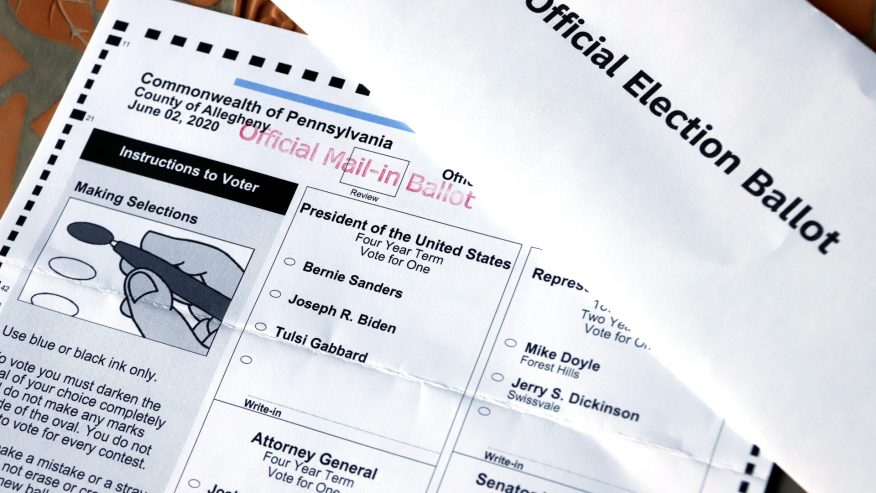Stagflation Watch — Retail Sales Stall After Latest Wave of Stimulus Spending
U.S. retail sales stalled in April following a sharp advance in the prior month when pandemic-relief checks provided millions of Americans with increased spending power.
The value of overall retail purchases were essentially unchanged last month following an upwardly revised 10.7% gain in March that was the second-largest in records back to 1992, Commerce Department figures showed Friday. The median estimate in a Bloomberg survey of economists called for a 1% April gain.
The total value of retail sales was a record $619.9 billion in April, supporting economists’ forecasts for strong household spending for the remainder of the year.https://products.gobankingrates.com/r/d9360ea31bf06ea8b9d0ef49288e28fb?subid=
While consumers may begin shift more of their spending money to services such as entertainment and travel as pandemic fears dissipate, elevated savings supported by fiscal stimulus should underpin retail demand.
“American shoppers took a breather in April after splurging earlier this year after two rounds of big stimulus payments,” Sal Guatieri, senior economist at BMO Capital Markets, said in a note. “But with more than half of the states now fully open for business and more quickly advancing their schedules, shoppers won’t be staying home for long.”
Clothing, Restaurants
Eight of 13 retail categories registered declines in April sales, with the largest percentage decrease at clothing stores. Purchases at restaurants and auto dealers increased.
U.S. stocks rose and Treasury yields declined in early trading Friday.
Sales at motor vehicle and parts dealers climbed 2.9% in April, even as automakers faced production constraints due to the global semiconductor shortage.
So-called control group sales, which exclude more volatile categories including food services, car dealers, and gasoline stations, dropped 1.5% in April after an upwardly revised 7.6% jump in March.
The value of restaurant receipts rose 3% after a 13.5% March gain as states across the country eased restrictions on indoor dining capacity.
Digging Deeper
Clothing-store sales dropped 5.1% after a 22.7% surgeSales at non-store retailers, which include e-commerce, fell 0.6% in AprilGeneral merchandise store sales fell 4.9% and the value of purchases at sporting goods outlets dropped 3.6%Gas station receipts decreased 1.1%. The retail figures aren’t adjusted for price changes, so sales reflect both changes in costs and demand.
A separate report Friday showed that U.S. manufacturing output rose in April by slightly more than expected, suggesting further improvement for factories that are otherwise buffeted by supply shortages and shipping challenges.
For more articles like this, please visit us at bloomberg.com
©2021 Bloomberg L.P.






